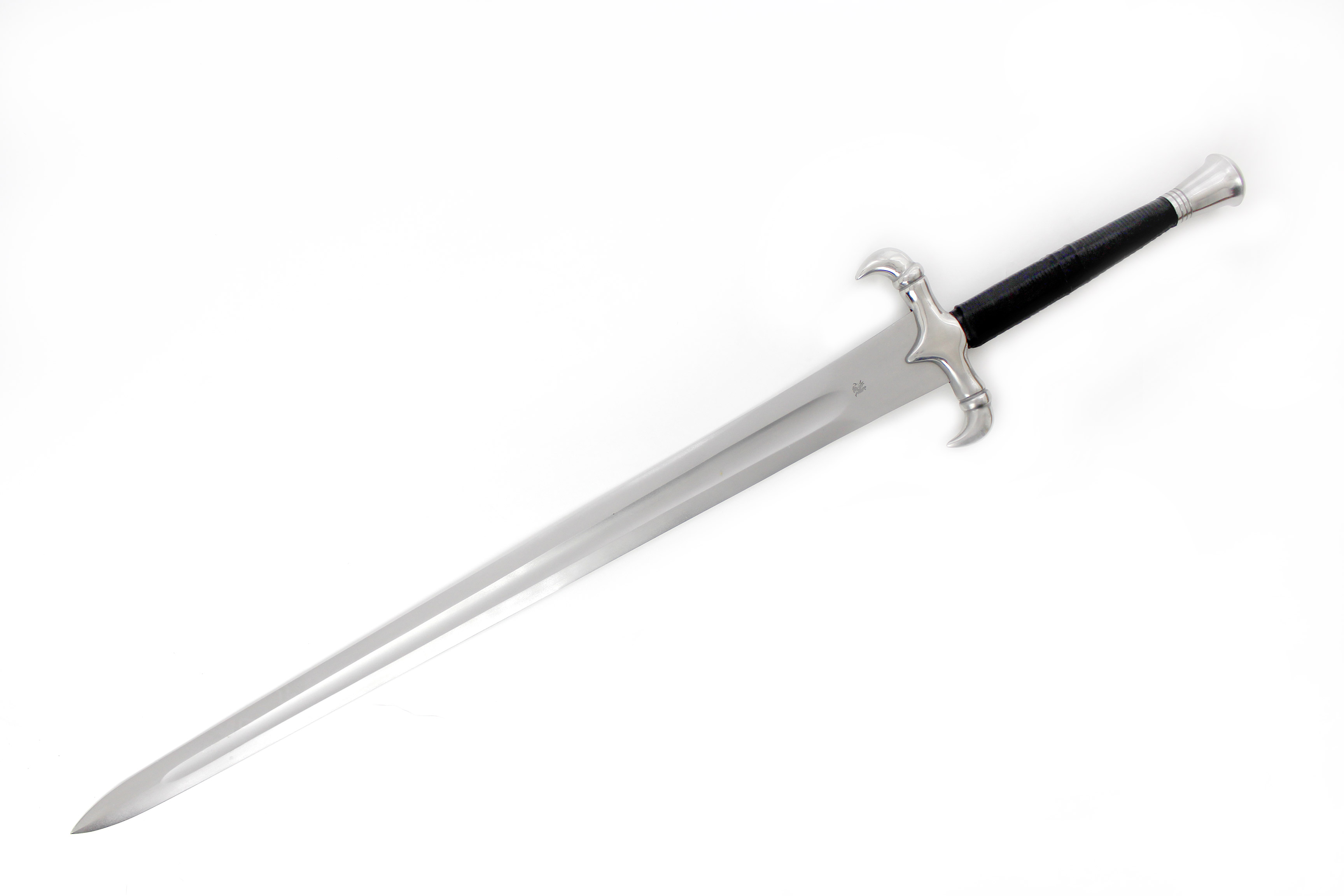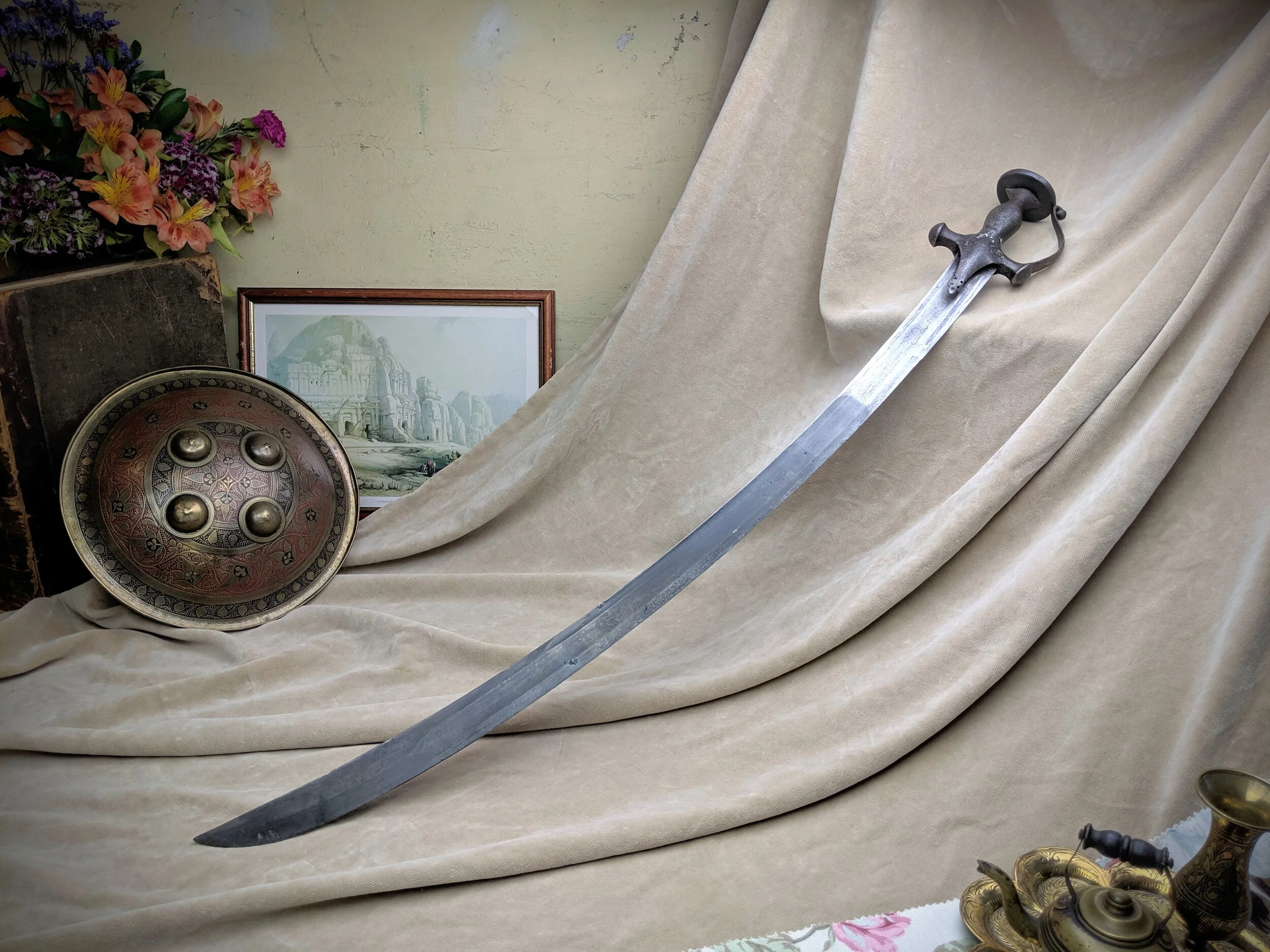Historical Evolution of the Sword: Sword Definition
Sword definition – The sword, a timeless weapon, has played a pivotal role in human history. Its origins can be traced back to the dawn of civilization, where it emerged as a tool for hunting, self-defense, and warfare.
Over the centuries, the sword has undergone a remarkable evolution, reflecting the ingenuity and craftsmanship of different cultures and time periods. From the humble beginnings of copper and bronze swords to the sophisticated steel blades of the Middle Ages, the sword has witnessed a transformation in design, materials, and techniques.
Ancient Origins, Sword definition
The earliest known swords date back to the Chalcolithic period (4000-3000 BCE) and were made of copper. These rudimentary weapons were primarily used for hunting and ceremonial purposes. As metallurgy advanced, bronze swords emerged, offering greater strength and durability. Bronze swords became widespread during the Bronze Age (3000-1200 BCE) and were used by civilizations across Europe, Asia, and Africa.
During the Iron Age (1200-500 BCE), iron swords began to replace bronze swords due to their superior strength and hardness. Iron swords were initially simple in design, but over time, they evolved into more complex and specialized weapons. The Greeks and Romans developed a variety of sword types, including the iconic Greek hoplite sword and the Roman gladius.
In the annals of history, the sword has been an instrument of both power and destruction. Its gleaming blade, once wielded by warriors and kings, has carved its mark upon the world’s tapestry. Yet, amidst the clash of steel, there is also a softer side to this ancient weapon.
Just as the marsupial Winnie the Pooh carries its honey pot with affection, the sword too can embody a sense of comfort and belonging. Its hilt, like a warm embrace, offers solace to the weary warrior’s hand, reminding them that even in the face of adversity, there is always a glimmer of hope amidst the darkness.
The Middle Ages
The Middle Ages witnessed a golden age of sword making. The Vikings, known for their fierce raids and conquests, forged swords of exceptional quality. The Viking sword, with its characteristic leaf-shaped blade and intricate hilt, became a symbol of power and prestige.
In the annals of weaponry, the sword stands as an enduring symbol of power and valor. Its sharp edge has carved its way through countless battles, shaping the destinies of nations. Like the melodies that flow from the lips of Rihanna, the sword’s presence has ignited passions and left an indelible mark on the tapestry of human history.
Yet, despite its formidable reputation, the sword’s true definition lies not only in its physical form but also in the stories it tells and the legends it inspires.
In Western Europe, the development of feudalism led to the emergence of knights, who relied on swords as their primary weapon. The knightly sword, with its long, straight blade and cruciform hilt, was designed for both thrusting and cutting. It became an indispensable tool in the hands of mounted knights, who dominated the battlefields of the era.
In ancient times, a sword was a weapon of choice, its sharp blade capable of slicing through flesh and bone with ease. Today, the definition of a sword has expanded to include its metaphorical meaning, as in the nyt connections hint , where words can be wielded like swords to cut through the clutter and reveal the truth.
The Renaissance and Beyond
The Renaissance brought about a renewed interest in classical culture, which influenced sword design. The Italian sword maker Nicolo Tartaglia published a treatise on swordsmanship in 1551, which Artikeld the principles of fencing and the use of different sword types. During this period, the rapier, a slender, thrusting sword, gained popularity among the nobility and fencing masters.
A sword is a bladed weapon that is used for cutting and thrusting. It is typically made of metal, and it has a long, straight blade that is sharpened on one or both sides. Swords have been used for centuries in warfare, and they continue to be used today by military and law enforcement personnel.
Rihanna tomorrow is a song by the Barbadian singer Rihanna. It was released in 2012 as the lead single from her seventh studio album, Unapologetic. The song is a mid-tempo pop ballad that features Rihanna singing about her desire to be with her lover tomorrow.
It is a beautiful and moving song that showcases Rihanna’s vocal abilities. Swords are also used in martial arts and as ceremonial objects. They are a powerful and versatile weapon that can be used for both offense and defense.
In the 17th and 18th centuries, the development of firearms led to a decline in the use of swords in warfare. However, swords continued to be used for dueling and as a symbol of authority and social status. The saber, with its curved blade and ornate hilt, became a popular weapon among cavalry officers and aristocratic gentlemen.
A sword is a weapon with a long, sharp blade, typically used for cutting or thrusting. The history of swords dates back to ancient times, and they have been used in countless wars and battles throughout history. In some cultures, swords are also considered to be symbols of power and status.
In the diamonds pit , a sword is a powerful tool that can be used to defend oneself or to attack others. The definition of a sword is broad, and can include any weapon with a long, sharp blade.
Iconic Swords
- Sword of Goujian (China, 5th century BCE): A bronze sword discovered in 1965, renowned for its exceptional preservation and intricate craftsmanship.
- Ulfberht Sword (Viking Age, 9th-11th centuries): A legendary sword bearing the inscription “Ulfberht,” known for its exceptional quality and durability.
- Sword of Charlemagne (Holy Roman Empire, 8th century): A ceremonial sword believed to have belonged to Charlemagne, the first Holy Roman Emperor.
- Katana (Japan, 15th-19th centuries): A curved, single-edged sword used by samurai warriors, renowned for its sharpness and cutting ability.
- Napoleon’s Saber (France, 18th century): A saber presented to Napoleon Bonaparte as a gift from the Ottoman Sultan, notable for its intricate gold-inlaid scabbard.
Types and Classifications of Swords

Swords, with their gleaming blades and intricate designs, have captivated imaginations for centuries. Beyond their historical significance, swords showcase a remarkable diversity in form and function, each type tailored to specific combat styles and purposes. This section delves into the captivating world of sword classifications, exploring the myriad blade shapes, sizes, and intended uses that have shaped the evolution of this iconic weapon.
The classification of swords can be approached from various perspectives, including blade shape, size, and intended use. Each of these factors plays a crucial role in determining the sword’s effectiveness in different combat situations.
Blade Shape
The shape of a sword’s blade is a defining characteristic that influences its cutting and thrusting capabilities. Some of the most common blade shapes include:
- Straight Blades: Straight blades, as the name suggests, feature a linear edge from tip to base. They are commonly found in swords designed for thrusting, such as rapiers and épées.
- Curved Blades: Curved blades exhibit a curvature along their length, enhancing their cutting power. They are prevalent in swords intended for slashing and chopping, such as sabers and katanas.
- Double-Edged Blades: Double-edged blades feature sharpened edges on both sides of the blade, allowing for both cutting and thrusting. They are commonly found in swords designed for versatility in combat, such as longswords and broadswords.
- Single-Edged Blades: Single-edged blades have a sharpened edge on only one side of the blade, with the other side being blunt or unsharpened. They are often found in swords designed for cutting and slashing, such as machetes and kukris.
Cultural and Symbolic Significance of Swords

Swords have held profound cultural and symbolic significance throughout human history, transcending their practical use as weapons. In various societies, they have been imbued with meanings and associations that extend beyond their physical form.
In many cultures, swords were seen as symbols of power, authority, and status. In ancient Egypt, for instance, pharaohs were often depicted wielding ceremonial swords as emblems of their divine authority. In medieval Europe, knights were granted swords as a symbol of their rank and nobility.
Role in Rituals and Ceremonies
Swords played a significant role in rituals and ceremonies. In Japan, the samurai sword, or katana, was used in various purification rituals and coming-of-age ceremonies. In ancient Rome, gladiators fought with swords in public spectacles, which were seen as both entertainment and a form of religious ritual.
Symbolic Meanings and Associations
Swords have been associated with a wide range of symbolic meanings. They often represented courage, strength, and honor. In some cultures, they were seen as protectors against evil spirits or as symbols of fertility and abundance. In Christianity, the sword is often associated with the archangel Michael, who is depicted wielding a sword in battle against the forces of evil.
The cultural and symbolic significance of swords has varied greatly across different societies and time periods. However, their enduring presence in human history and mythology speaks to their profound impact on our collective consciousness.